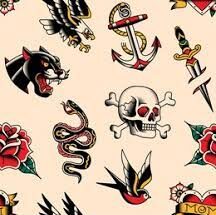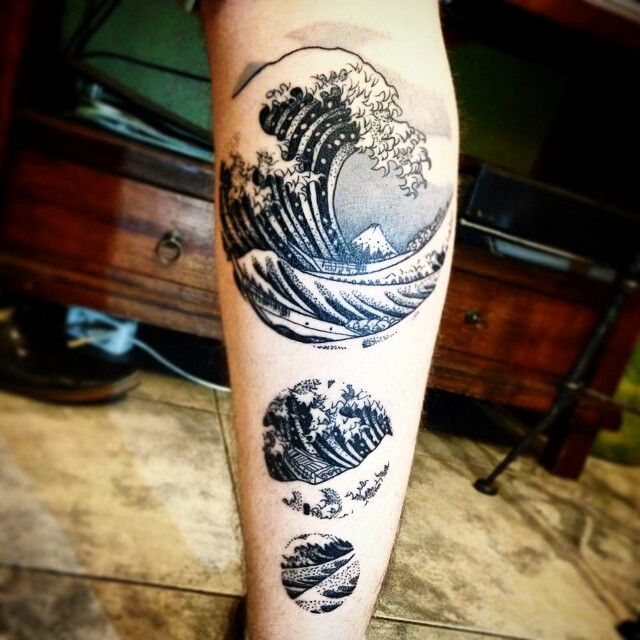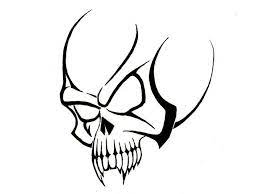
The History of Old School Tattoos
American traditional tattoos, also known as old-school tattoos, have a rich tradition and symbolism. They became popular during World Wars I and II, with men getting patriotic body art to remember their experiences. Tattoos were also seen as status markers by upper-class societies. Norman Keith “Sailor Jerry” Collins, a pioneering old-school tattoo artist, opened his first tattoo shop in Honolulu, blending American sailor attitudes with Asian mysticism.
The Features of Old School Tattoos
Old-school Tattoos feature thick black lines, bold colors, and limited shading. The primary hues were used due to pigment availability, making the tattoos durable. Standard designs include swallows, skulls, and daggers, symbolizing strength and courage. Lady head tattoos, a classic of the old-school style, represent beauty, femininity, and love.
The Appeal of Old School Tattoos
Although old-school Tattoos may seem easy, they require great skill to execute correctly. Highly experienced artists can successfully perform this style, creating clean line work and intricate details. The limited color palettes and iconic imagery in old-school Tattoos add personal significance and convey power, such as symbols of metamorphosis and freedom.
The Place of Old School Tattoos in Contemporary Art
Old-school Tattoos can be transformed into modern art to meet various artistic and personal aesthetics. They can be paired with other images to illustrate a story or concept. However, there are issues of cultural appropriation when artists need to fully understand its meaning before using this style. Some artists are now creating “Neo-Traditional” tattoos, combining traditional techniques with contemporary elements for a famous tattoo trend.

